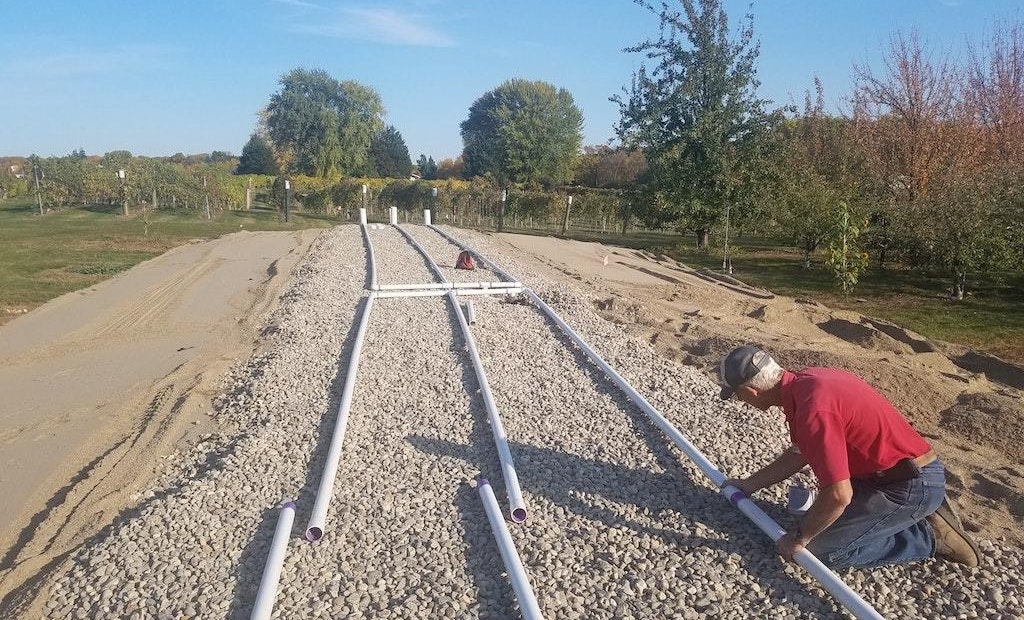It’s important to know how to properly estimate the amount of media needed on an onsite system installation job site. Excessive volumes of media result in unnecessary cost. Yet underestimating the amount of media can delay an installation.
Media is commonly bought or sold in...






